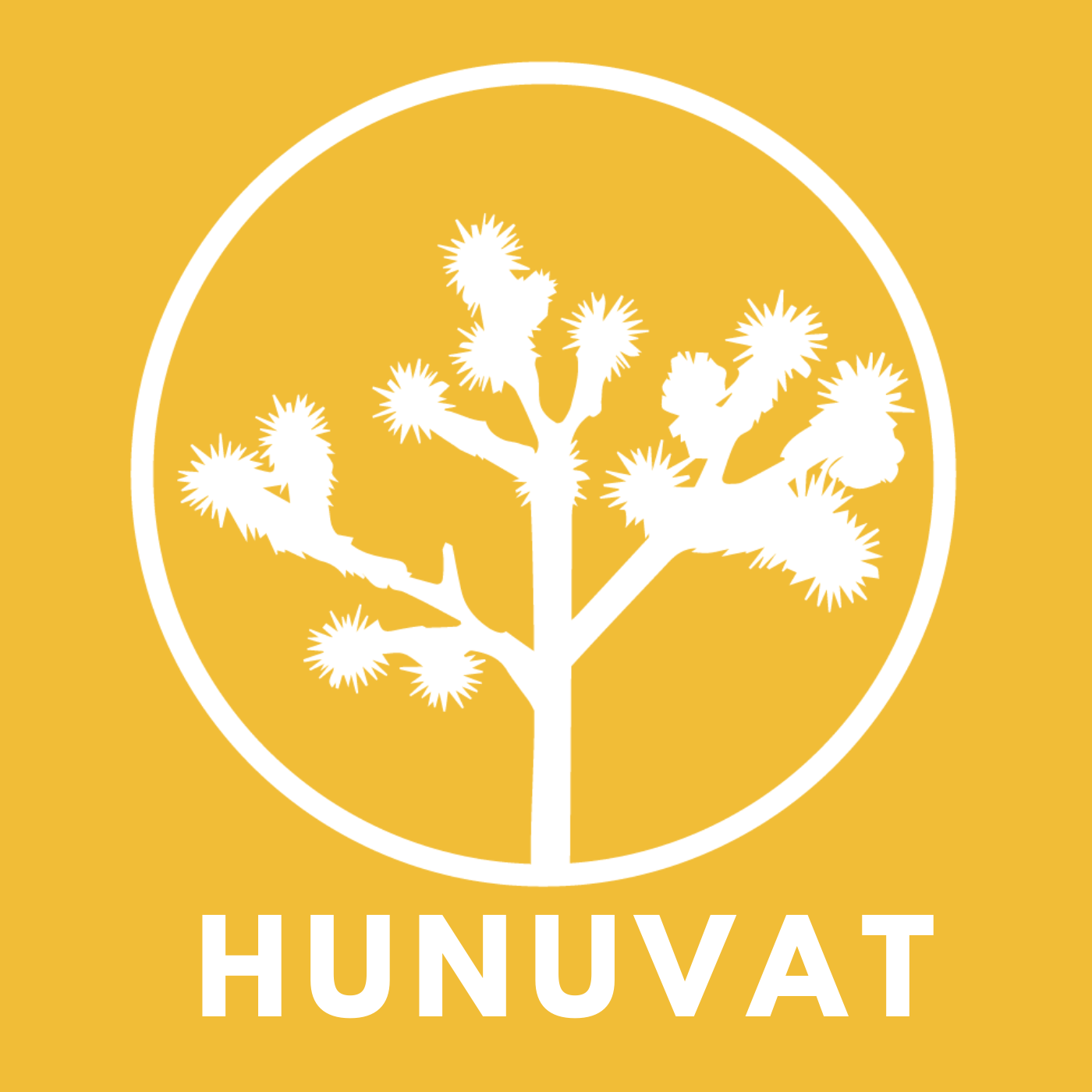U=U. Period
During the last 35 years of AIDS, our enthusiasm for new technological advances has, on occasion, outweighed their impact. Remember that one dose of nevirapine that was going to eliminate mother-to-child transmission of HIV? How many of men amongst us unconsciously crossed our legs on learning that male circumcision would dramatically reduce the infection of African males?
And yet…
Here’s a technological advance, backed up with unequivocal data, for which greater enthusiasm is rightly demanded: If a person with HIV is fully virally suppressed by antiretroviral therapy, they cannot infect another person sexually. This is Undetectable=Untransmittable, or U=U, and it’s remarkable. It is a milestone in the global fight against HIV and it has energized a new movement of activism by people living with the virus.
More than the prosaic “treatment as prevention”, U=U pries open a whole new world of possibilities that have been denied to people with HIV: To hook up; to have enriching relationships; to have kids; to invest in a future for themselves and their families; to liveagain. The Prevention Access Campaign is holding an AIDS 2018 pre-conference session entitled "Celebrate, Activate, Implement" which says it all.
Bruce Richman, the Founder of the Prevention Access Campaign, and a passionate U=U advocate, says, “U=U is a message and a movement. In 1996, we learned that treatment would save our lives. Now we know we can’t transmit HIV to others. And that affects everything. It affects the very definition of what it means to live with HIV.”
There are two unescapable consequences of the U=U movement: The first is that we need to find the necessary resources to implement rapidly full, sustainable access to treatment. We will not end HIV with U=U alone, but it’s a pretty good foundation to start from.
That last paragraph may cause controversy to some, not least because the benefits of U=U are still not obvious to every part of the AIDS movement. A vocal argument is that for people in the global south striving just to survive every day, U=U is a distraction. There are just other priorities that demand priority. Get real - achieving U=U for everyone is as realistic as unicorns jumping rainbows.
Unicorns aside, this argument is profoundly troubling. In the early 2000s, the access to treatment movement radicalized the public health approach to HIV. It gave birth to exciting, if sometimes confrontational, partnerships between people with HIV, their allies in medicine and research, governments and business that have led to millions of people on treatment. There’s no question that the task has not been completed: At least a third of all people with HIV are not able to access ARVs. And for those who are living full health lives, it is obscene to let them die from other, totally treatable causes. Surely, U=U is precisely the kind of invigoration we need to recommit ourselves to deliver treatment to all in need, as rapidly and as sustainably as possible. Of course, this cannot be achieved overnight. But where are the strategies to achieve total treatment coverage? Or are we really at peace for the global poor to be denied the fruits of scientific advancement?
Yas Raphael from the South African Positive Women’s Network and co-Chair of Women Now 2018 has this to say: “If you are saying we have no right to U=U, you are condemning us to lives less valuable than your own. Who are you to say you are more deserving? No, treatment for all means just that. So, get off your soap box and support us to make U=U a reality for all.”
We may also have heard the argument that U=U (along with its “evil twin-sister” PrEP) is fostering a new wave of other sexually transmissible diseases, as condom use declines. The argument sits beside the assertion that U=U is really only about enabling entitled white gay men to have abundant sex without consequences. If you can, put aside for one moment the whiff of moral intolerance that wafts around this one. While STI rates are increasing in the developed world, there is no evidence to assign cause to U=U (and PrEP). In other words, it is simplistic to blame U=U for an upturn of STIs. U=U is the result of successful collaboration between people with HIV and their care and treatment providers. By being linked to care, access to STI testing and treatment increases. So, maybe we should be expecting to see higher rates of STIs being reported? I’ll leave better minds, like Gus Cairns to keep us informed on how the data play out. However, let us ask ourselves, even if U=U did increase STI rates, surely it is better for people for HIV to be virally suppressed than the alternative?
The second consequence of the U=U movement is the need for a highly infectious epidemic… of optimism. U=U is a decisive achievement: HIV status no longer needs to be a wall dividing those who “are” from those who “aren’t”. If the world wasn’t so cynical, there wouldn’t be any debate about what we do next: All we need is the money and political will. I do realize the weight of that statement. But we cannot let the Realpolitik of global public health continue to constrain us. It truly feels to me that 2018 is a defining year for so many aspects of our lives: Let U=U inspire us to reject the last decade’s stagnation, and instead burnish our will to win the fight ahead.

